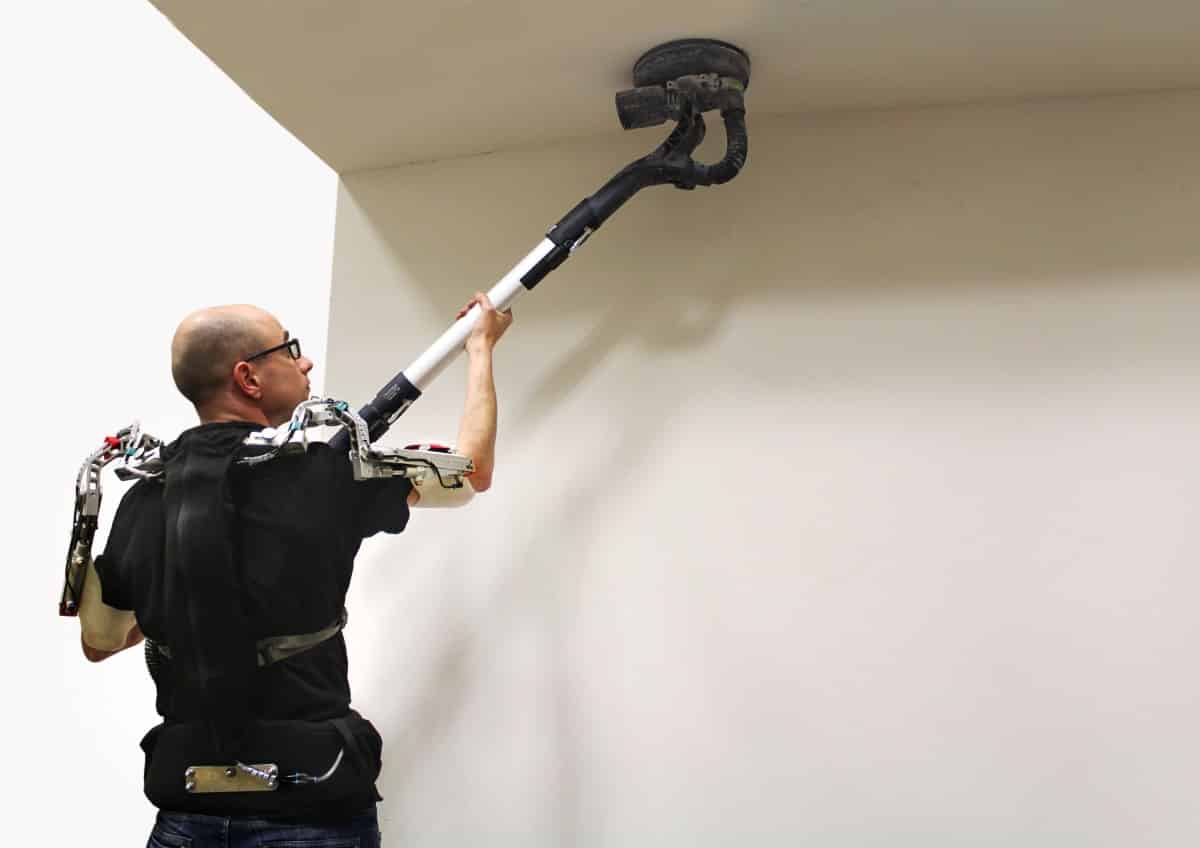
Exoskeletons enable a sustainable participation in professional and everyday life. The mechanical engineer Robert Weidner wants to use them where there is a threat of overload – and thus maintain human health in the long term.
Exoskeletons are wearable supporting structures that support the human body like a second skeleton. Their application is aimed at maintaining health and increasing performance. They are used in the medical field and in the world of labor. Stroke patients and paraplegic people can move again with the help of exoskeletons. In the production halls of industrial plants, exoskeletons can relieve repeated activities and heavy loads. A relevant area of application is also the social sector: exoskeletons can serve as a valuable lifting aid in nursing care for the elderly.
Ethical Considerations
In the working world, the supporting structures are supposed to have a preventive effect against musculoskeletal diseases. In Germany alone, these are responsible for a quarter of all days of incapacity to work. At the same time, exoskeletons are a reaction to the increased demands of the working world – by supporting but also substituting people. Whereby the idea of the machine dominating people also gave rise to ethical concerns.
Use of Exoskeletons
One of the researchers on exoskeletons is the mechanical engineer Robert Weidner. In recent years, he and his team have developed various technologies to support different body regions – such as ankle orthoses, muscle gloves and textile-based rigid-body elements. He is also currently working on a guideline on the use of exoskeletons for the Accident Prevention and Insurance Association for Trade and Distribution of Goods (BGHW), which handles statutory accident insurance for five million employees in Germany.
Man Remains in Control
Weidner is not concerned with optimising humans. He wants to use exoskeletons where there is the potential for overload and thus protect against damage to health. The support structure should technically support the natural motion sequence of the human being and maintain health. Man should retain sovereignty over every activity.
In addition to the world of work, he also sees a relevant area of application for older people. Exoskeletons provide these people with a sustainable participation in everyday and professional life by compensating for sensomotoric and cognitive functional losses and facilitating the re-learning of activities.
Participatory Research
Weidner works interdisciplinary and participative. His team consists of engineers, movement scientists, medical technicians, sociologists and jurists. The development of new products is carried out with the involvement of potential users. The movements of the test persons can be recorded and analysed in the laboratory using state-of-the-art measuring equipment for biomechanical analyses. The exoskeleton must not relieve the human body of too much stress. “That would be counterproductive, our muscles also have to be trained”, says Weidner.
Marketability
The scientist is in the process of moving from Hamburg to Innsbruck. Here he will set up the research department of Manufacturing Technology at the Institute of Mechatronics at the TU – and continue his research. Weidner is managing director of the junior research group ExoIQ, a spin-off of the Helmut Schmidt University Hamburg in which exoskeleton projects are to be made marketable. Some of his staff will come with him.
Advanced Principle
The aim of classical exoskeletons is to increase strength and mobility. An example of this is the Paxeo product from the German company ottobock, which enables mounting above head height – without external energy supply.
Weidner works according to the advanced principle of the Human Hybrid Robot (HHR). The aim here is to achieve an additional increase in accuracy, quality assurance and error avoidance. Man and machine are integrated into a system with a common control loop.

Modular System Architecture
Characteristic for this system is a modular architecture, which allows a personal and task-adapted design. An intelligent combination of biomechanical and technical elements combines human and mechanical strengths.
- Human strengths include good sensor technology and cognition.
- Machine strengths include good repeatability and high endurance.
Weidner’s vision is a construction kit consisting of various software and hardware modules from which tailor-made technical solutions can be built for any application.
Robert Weidner
The scientist studied mechanical engineering in Hamburg and graduated with a diploma in 2010. Since then he has established the junior research group smartASSIST, which is dedicated to the development of technological solutions for the use of exoskeletons. He is also Managing Director of the spin-off of Helmut Schmidt University Hamburg. He has been teaching at the TU Innsbruck since August 2018. Here he wants to develop new concepts for the cooperation of people and technology and develop new technologies for their implementation.

Photo: Robert Weidner with Lucy, an exoskeleton developed by his research group for overhead work.
